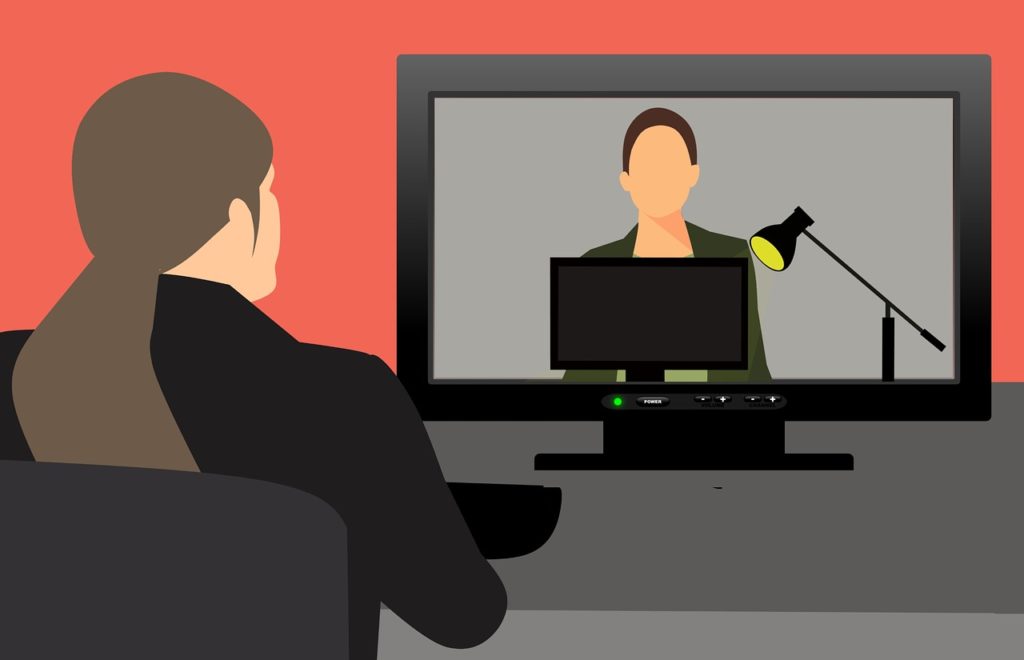It’s no secret that the mental health system in our country is experiencing a crisis. According to the National Alliance on Mental Illness, one in five Americans experience mental illness every year, and fewer than half of these people receive treatment of any kind. Furthermore, 4.6 percent of adults in the United States are suffering from a serious mental illness that substantially impairs their life in some way.
The historic separation of physical and mental illness in our healthcare system has resulted in a shortage of mental and behavioral health specialists, a significant lack of funding, and not enough in-patient psychiatric beds. Spending on mental health services is only projected to reach $239 billion by 2020, a mere 5.5 percent of the total amount spent on healthcare.
In most cases, primary care physicians can prescribe medication and perform basic screenings for mental health issues like anxiety, depression, or substance abuse issues, but mental health professionals operate separately, creating an IT issue of separation from major data or health information exchange networks.
However, digital health is poised to change the way mental healthcare is delivered. For example, data collected from fitness wearables and other digital applications could provide psychiatrists and psychologists with valuable information that could pinpoint physical, behavioral, and social factors that contribute to mental health. Telehealth solutions can allow people to receive therapy and connect with mental healthcare providers from any location.

Addressing Stigma and Other Barriers to Access
The stigma surrounding mental health is still a very real issue that prevents people from seeking help when they need it. This is painfully clear from the statistics above showing that less than 50 percent of US adults experiencing some sort of mental illness are receiving any kind of treatment. Digital health as applied to the mental health field has real potential to change this issue. By removing the need to physically go to a clinic, therapist’s office, or other facility to receive care, digital mental health tools can offer patients the privacy they want alongside the support they need.
Digital health can also increase access to mental healthcare for people who cannot physically attend therapy or doctor’s appointments due to work or family commitments, physical immobility, lack of transportation, or difficulty leaving the home due to their mental health condition.
Digital health applications are also a promising solution for the many people who live in communities without qualified mental health professionals. Outside major urban areas, this is a huge problem: a 2018 study in the American Journal of Preventative Medicine revealed that 65 percent of non-metropolitan counties in the US did not have a psychiatrist and 47 percent did not have a psychologist. Even in the US overall, two-thirds of primary care physicians report difficulty referring their patients to mental healthcare providers, and the number of people seeking psychiatric care from emergency departments has increased substantially.
E-Therapy
A form of cognitive behavioral therapy accessed via a website or mobile device, e-therapy programs can combine a variety of exercises or modules to be completed by the patient with instant messaging, video or audio calls, or email with a therapist. While working through their program, patients receive feedback as they progress through the exercises.
E-therapy platforms make it easier for patients to attend a therapy session and for mental healthcare professionals to provide therapy to more patients. Patients typically experience shorter wait times as well. When their therapist is just a message or a call away, patients also do not have to wait for their next session to receive care. This connectivity can be a true lifesaver when patients are experiencing a crisis.

Another huge benefit is the reduced cost for both providers and patients. One in-person therapy session can cost anywhere from $65 to $250 per hour without insurance. Though the Affordable Care Act improved insurance coverage of mental health services, co-pays for therapy can vary widely, and patients often must meet several criteria before their insurance covers it. In contrast, a number of e-therapy providers are offering unlimited text, video, and audio messaging with a licensed therapist for less than $280 per month.
A recent white paper found that digital mental health tools can reduce care delivery costs by as much as 91 percent compared to in-person therapy and increase patient throughput ten times over.
Other Digital Health Tools for Mental Healthcare
In addition to e-therapy and telehealth services, other digital health solutions are changing the delivery of mental healthcare. For instance, virtual reality (VR) is being tapped as an exposure therapy tool in the treatment of post-traumatic stress disorder (PTSD). Besides providing an immersive, yet controlled and safe environment for exposure therapy, VR tools also allow clinicians to document and scientifically measure patients’ responses to stimuli.
Other companies are creating technology platforms that connect primary care providers and mental health specialists to improve collaboration, communication, and therefore quality of care. Some platforms are leveraging machine learning/AI to help providers select the best mental health specialist for their patients’ particular needs.

